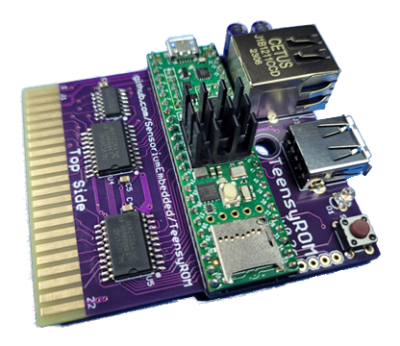[John Calhoun] was digging around their old MAC hard drives, revisiting some abandoned shareware games they wrote over three decades ago, and has uploaded the recovered disk images to GitHub for everyone to take apart and play with. This repository has a few of the games complete with their development files and the compiler environment, a mixture of Think Pascal and C.
Back then, [John] had a solid mantra when creating projects, specifically prototyping fast and abandoning things quickly if they were not working out. The blog shows a list of twenty-eight projects, of which only five ever made it to release, with all the rest left to rot. This is reminiscent of the attitude around Silicon Valley of moving fast and breaking things. Anyway, reasons for ditching a project ranged from ‘too much sprite work’ for a D’n’D style game to simply ‘not fun’ for some with clunky control mechanisms. [John] even abandoned a neat-looking steampunk flight simulator due to the sheer amount of work needed. Of course, it’s not all lost effort. Much of the code written was reused across multiple projects; after all, there’s no point in re-writing a cosine lookup table if you’ve already got one kicking around in another project.
Still, it’s a fun trip down memory lane, looking deep into projects that never were and the development journey to becoming a successful programmer.
While it isn’t hard to find old Macintosh hardware, some are not in great shape. Here’s a fun Hackintosh project that uses retro parts. [John] was featured a while back, with his homage to his first mac, a sleek Rpi-powered eInk desk ornament. Finally, we can’t talk about recovering retro software without looking in detail at the floppy disk themselves.



















